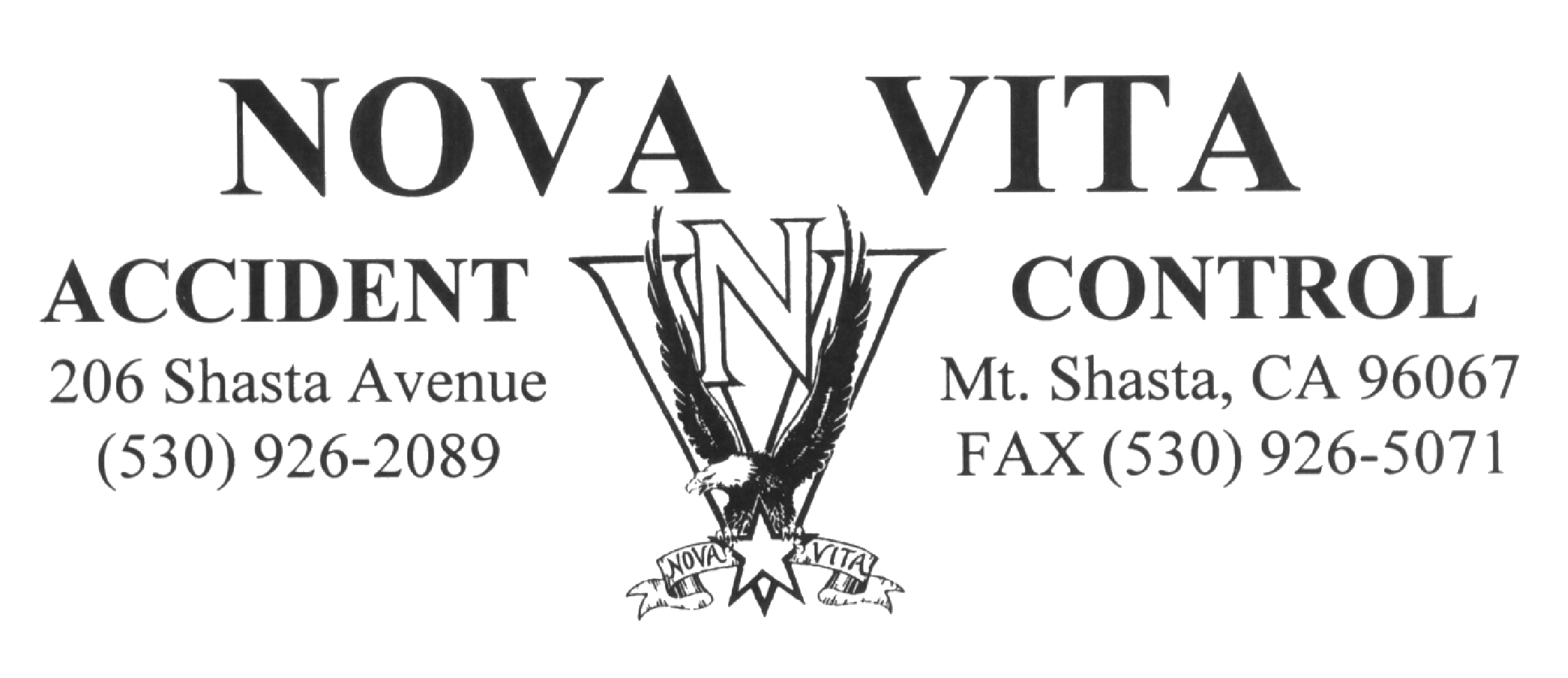
Beyond Safety Workshop

I Introduction
A. Short slide presentation
1. Fifteen minutes
II Analyzing the Worker
A. Why accident control vs. safety?
1. Hearing some accidents facts from the group
2. Open discussion
3. Directed questioning
B. Background of the worker
1. Prior training
2. Evaluating the new worker
3. A mixed bag
4. "Out of the books"
C. Defects of the worker
1. How do you, the supervisor, detect the
defects
in a worker?
2. Defect correction
3. The tombstone trio
a. Directed questioning
b. Some Accident facts
D. Unsafe acts and/or conditions
1. Identifying the unsafe condition
2. The Four "P" Postulate
E. Some accident facts (about your group)
1. Participants share some injury history
2. Trainer shares some national group statistics
III Cause and Effect
A. What causes an accident?
1. Breaking down the cause
2. Directed questioning to participants
B. What are the effects of an accident?
1. Directed questioning
2. Feedback
C. What are the effects of an injury?
1. Who pays?
2. The full iceberg
3. Feedback of participants
4. What does this do to morale?
D. A misunderstood ingredient
E. Assumptions + attitude = behavior
IV. Follow-up to an Accident
A. The importance of identifying the cause
B. How to carry out a proper accident
investigation
C. Importance of the reporting process
1. Validity of records and statistics
V. What Makes a Good Tailgate Safety Session?
A. Timing
B. Participation
C. Location
D. Analysis & recognition of the hazards
E. Written reports and reviews
F. Understanding
G. Incident base training
VI. Increasing Leadership Effectiveness
A. Causing others to want your leadership
B. Communication
1. How to get along with a supervisor you can't
stand
C. Winning people to your way of thinking
D. How to change people without arousing
resentment
or giving offense
E. Accident control begins at home
VII. Motivation to Last a Lifetime
A. How to develop excellence in yourself and
others
B. Mining for gold
C. Expecting the best
D. Rewarding & role modeling for top
performance
E. Maximizing flexibility
F. A formula for motivation![]()
Click to return to Main Page Click to return to Courses and Costs